Related: Jobs That Have Disappeared From American Life
Warehouse Product Handlers
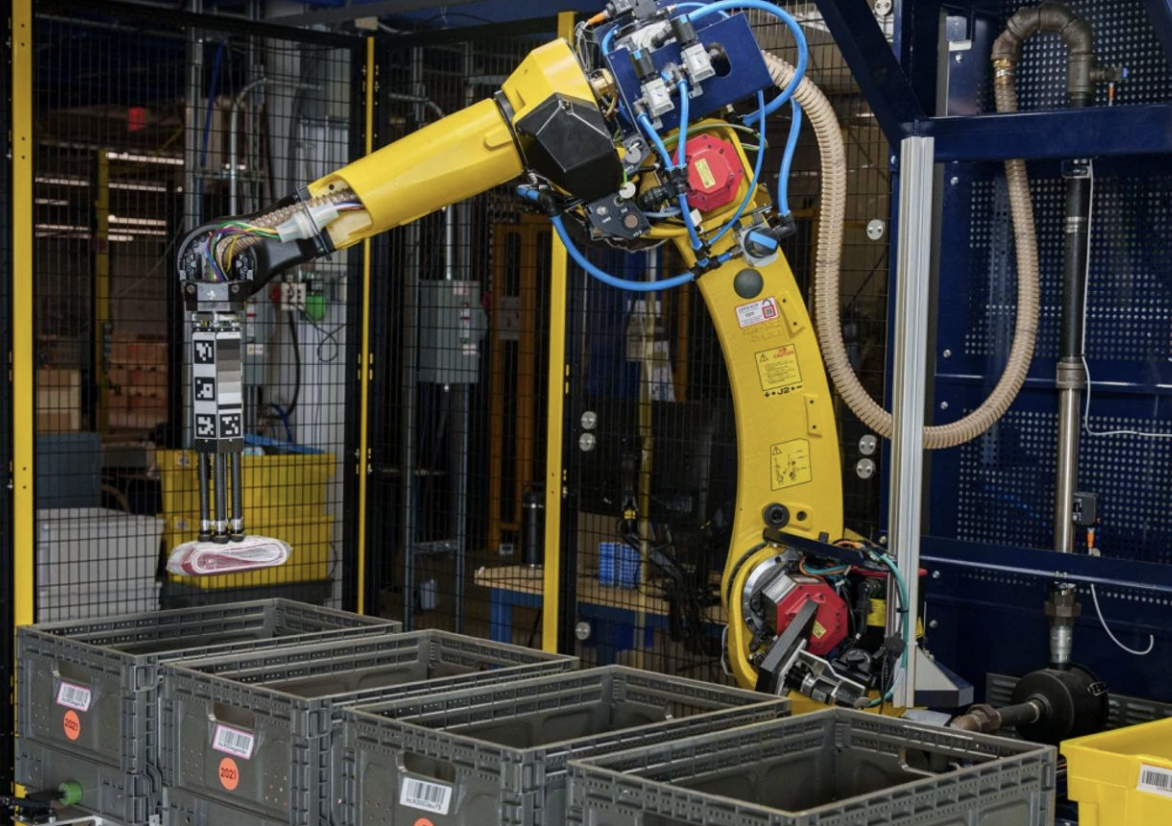
Mega retailers like Amazon are creating new robots to perform warehouse jobs all the time. The latest is named Sparrow, and it’s the first robot that can select and handle individual items at Amazon’s warehouses, a big feat for a company that sells legions of products. It helps process orders before they’re ready for packaging, doing repetitive work that warehouse employees would have otherwise done. It joins the ranks of Robin and Cardinal, two other robotic arms that help move products around after they’re packaged.
Related: Amazon-Brand Products Shoppers Are Obsessed With
Courier and Delivery Services

Even couriers who don’t rely on a car to get around are in danger of robot replacement as companies such as Amazon experiment with delivery via drone or autonomous ground vehicles, like those being prototyped by the company Unsupervised AI. Further, Walmart recently launching an expanded drone delivery program with DroneUp — a July event at a Walmart in Arkansas served as an open house of sorts to introduce the service.
Related: Walmart Gets Into the Delivery Business – for Home Depot
Servers and Wait Staff
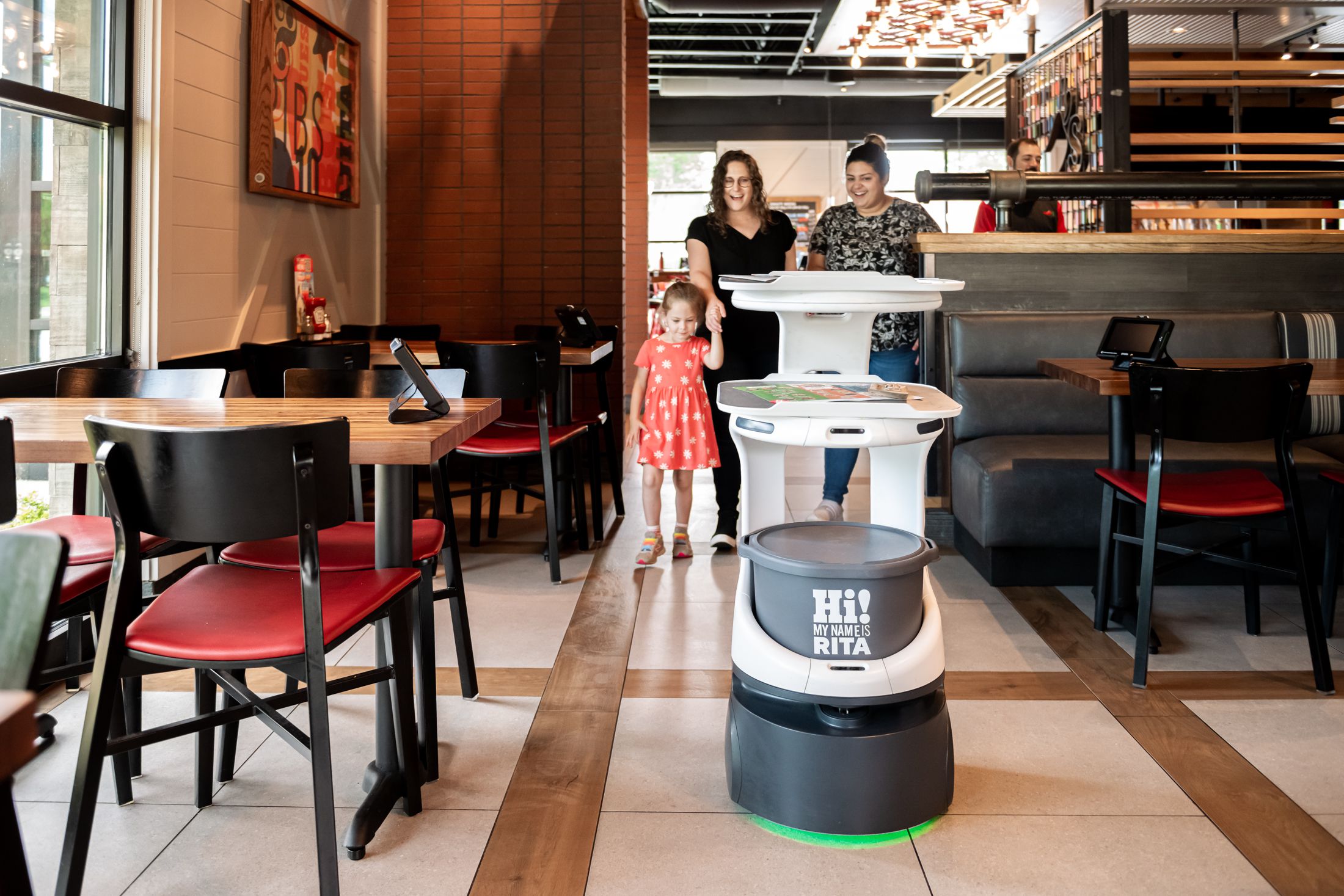
Though fast-food jobs are seeing automation at a brisk clip, that doesn’t mean workers in sit-down restaurants will be spared. One restaurant-consulting firm estimates that 38% of food servers could be replaced with the use of bots — amounting to some 2.1 million positions. And one national chain is among those already embracing the technology. Chili’s is expanding its use of robots after a successful 18-month trial of Rita, a bot that is responsible for seating customers and helping bring food to tables. Rita isn’t meant to replace human workers, Chili’s says, just give them a helping hand — which she does accurately about 99% of the time.
For more insightful employment stories, sign up for our free newsletters.
Fast-Food Jobs
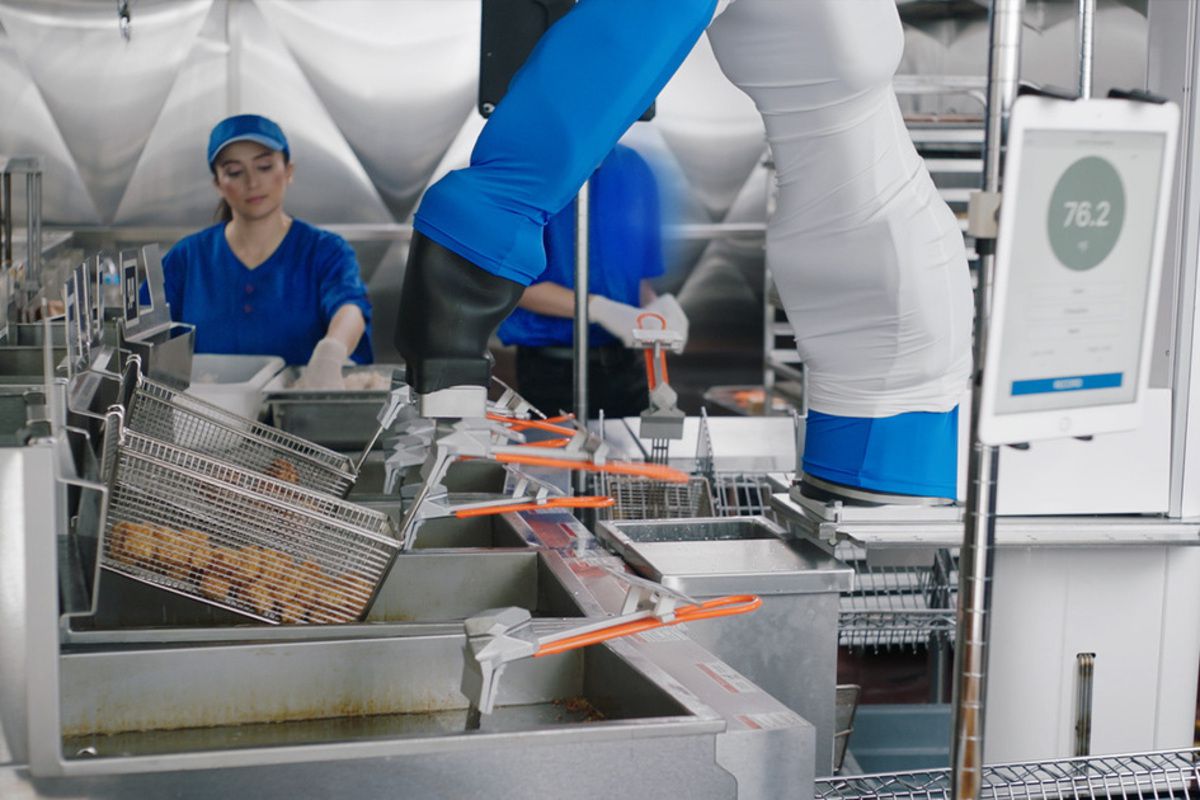
Pharmacists

Becoming a pharmacist isn’t easy, as it requires a masters degree and an understanding of chemistry. But now Walgreens is farming out at least part of the job to robots. According to the chain, one robot can fill 300 prescriptions in an hour, about the same number that a typical Walgreens pharmacy can do in an entire day. The company plans to open micro-fulfillment centers to fill prescriptions, and by 2025, half of Walgreens prescriptions could be filled not by humans, but bots. Walgreens won’t be the only bot-backed pharmacy, either — CVS already uses robots to fill prescriptions in some of its high-volume stores. Walgreens says the bots free up pharmacists to build relationships with customers.
Trending on Cheapism
Stock Clerks
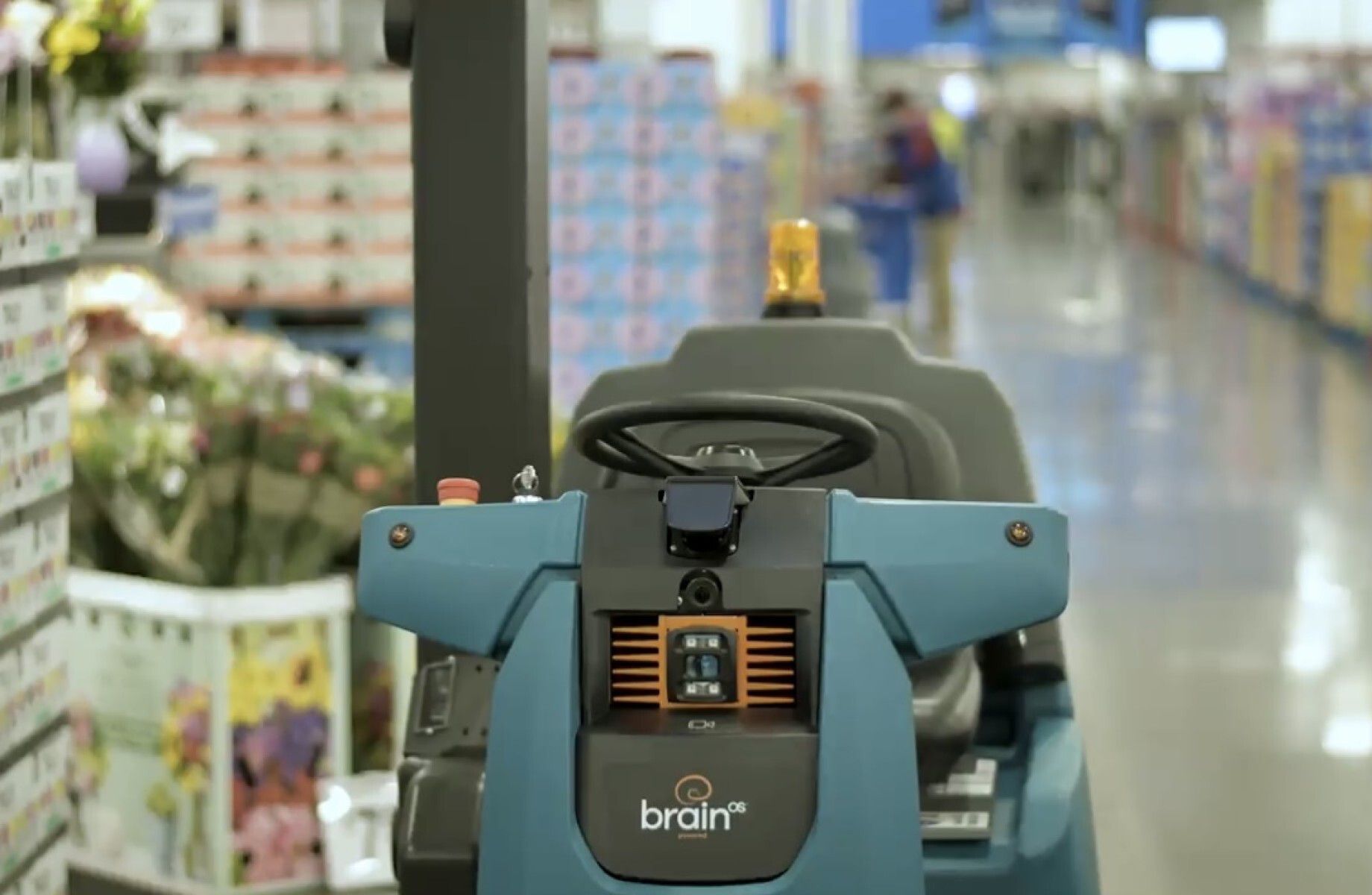
Grocery stores are replacing stock clerks with inventory-assessing robots, and you might have already run across one in your local store. The bots move up and down aisles on their own, using cameras and lights to scan products. If anything needs to be restocked, employees are alerted. Sam’s Club is the latest store to deploy the robot clerks chain-wide, saying they can record data about the items on the shelves faster and more accurately than human workers, who are in short supply thanks to a labor shortage. Sam’s join other stores including Hy-Vee, Giant Eagle, and Save Mart in embracing the inventory tech.
Cashiers
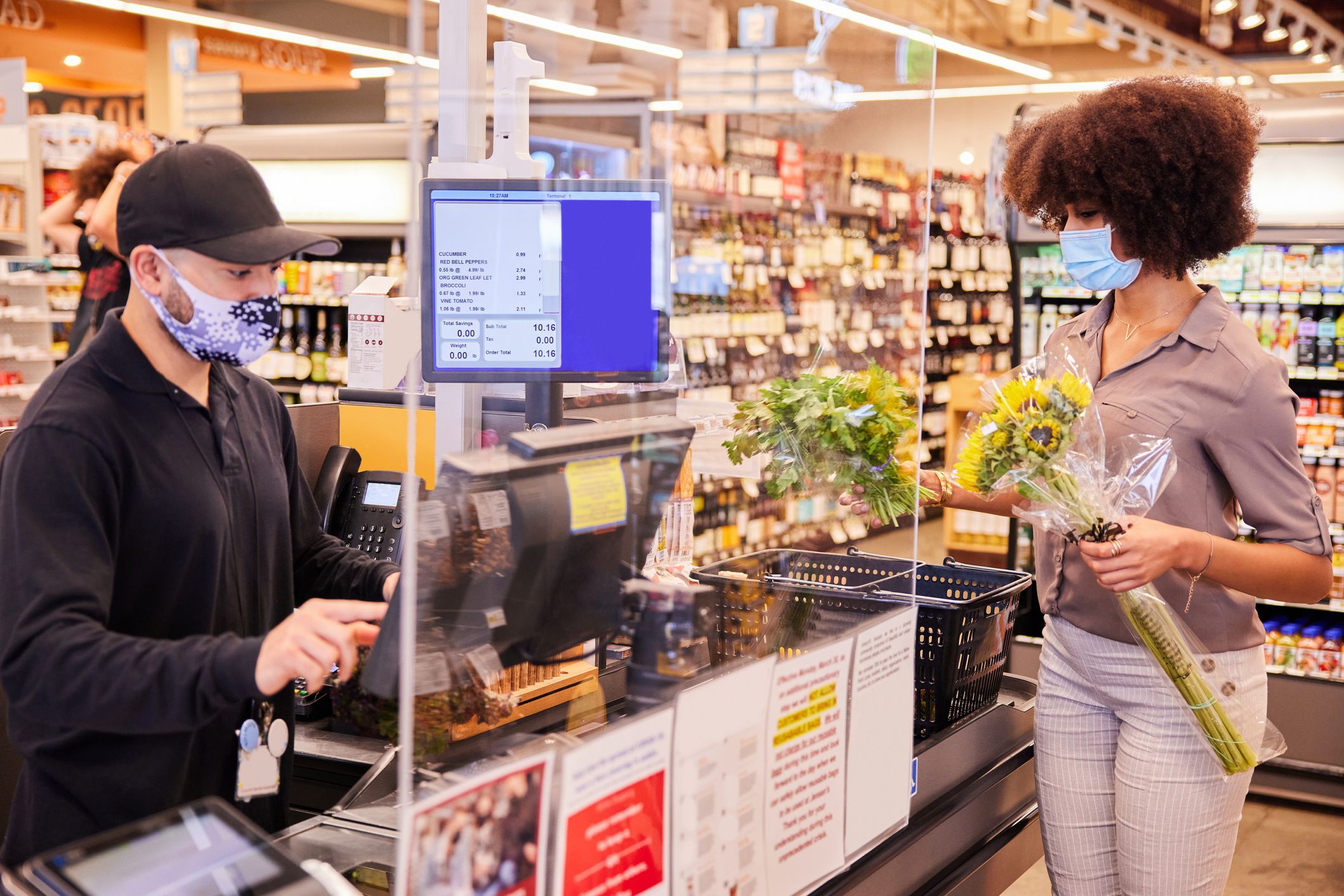
Other Retail Positions
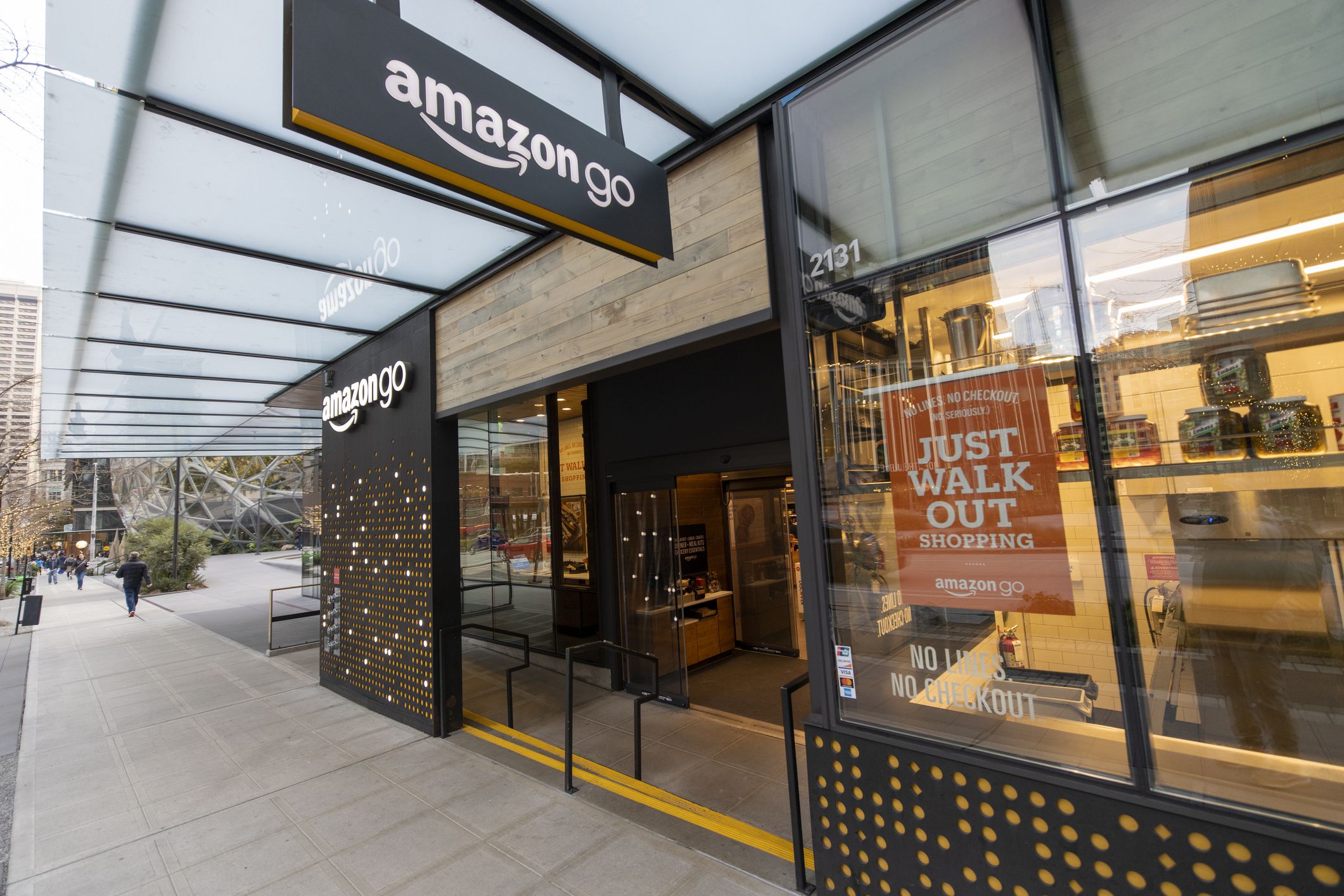
Sign up for our newsletter
Dishwashers
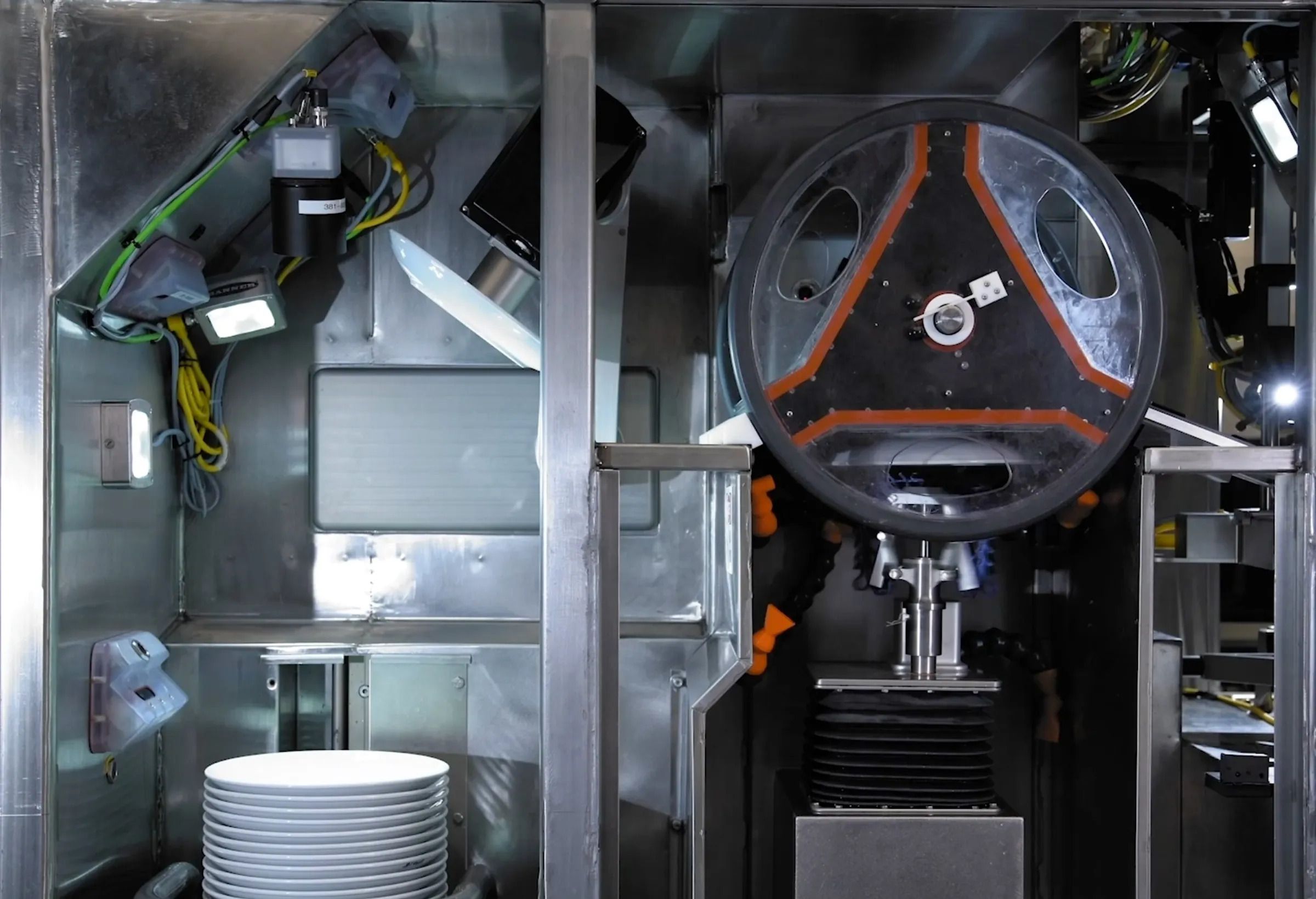
Chefs
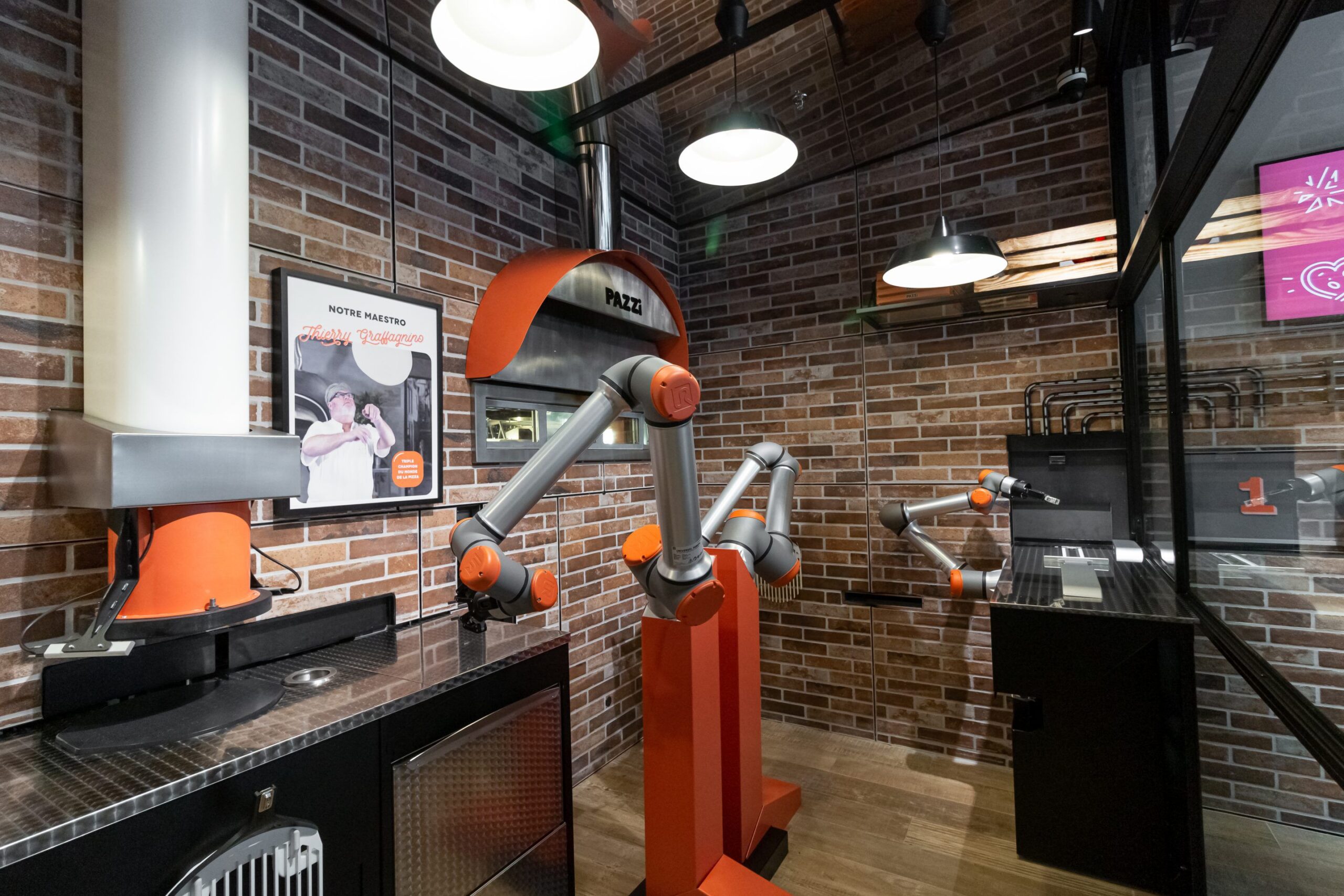
Toll-Booth Operators

Drivers
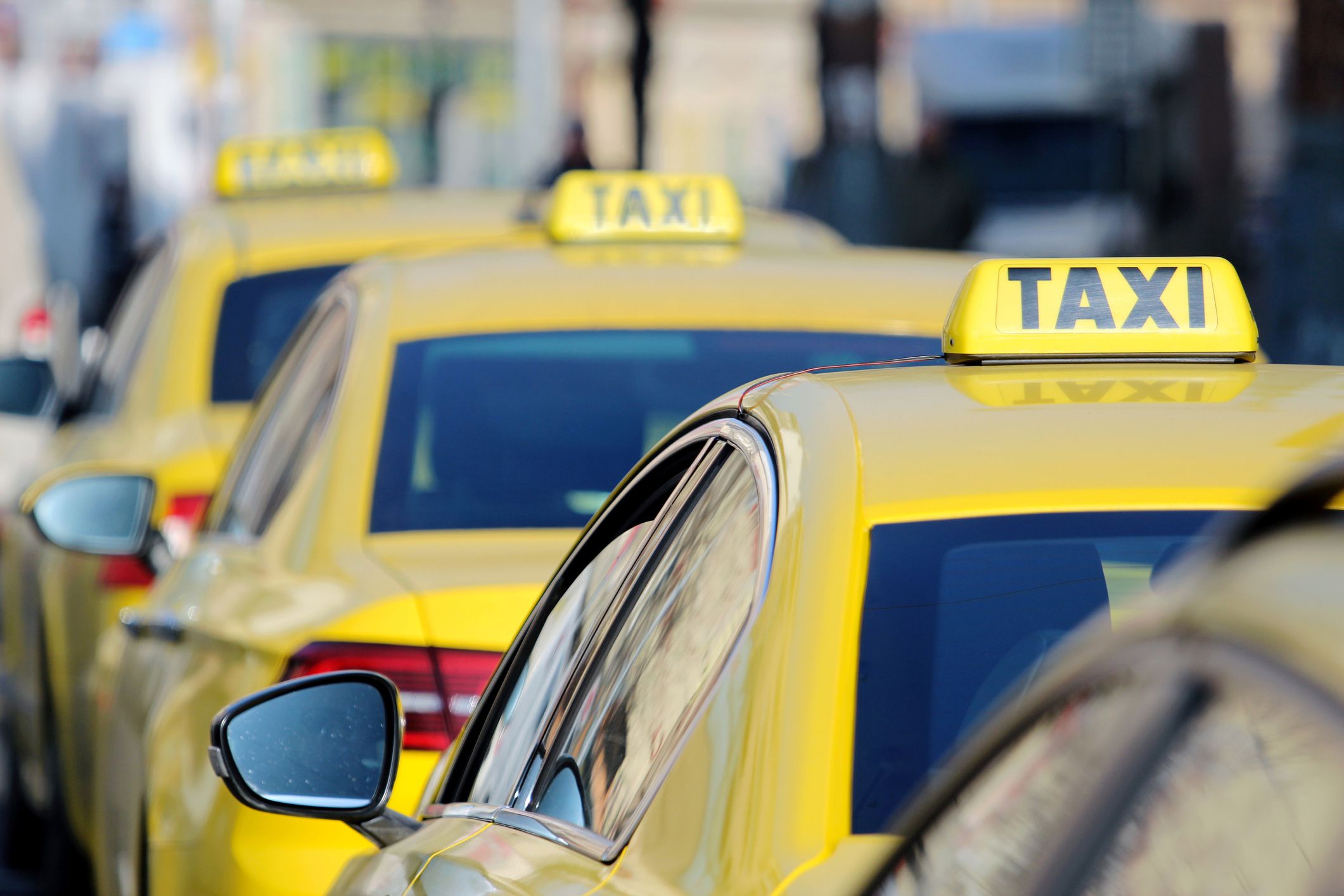
Radiologists

Journalists

Robots have begun writing the news, though their abilities are still limited generally to writing reports based on specific datasets. The Washington Post and U.K.’s Press Association employ automatons to write sports and election coverage. Yahoo Sports uses similar technology for its fantasy football leagues, while Bloomberg’s Cyborg program converts financial reports into digestible articles. To compensate for lost ad revenue, MSN laid off dozens of editors in favor of content-processing AIs. When it comes to reporting and writing, it remains to be seen whether machines can generate more complex news analysis on their own, or if they’ll be limited to merely assisting human reporters by detecting trends or generating story templates, as they have for outlets such as Forbes and The Washington Post.
Translators

Telemarketers

The highly routine occupation of telemarketing has a 99% probability of automation, according to an Oxford study about “The Future of Employment: How Susceptible Are Jobs to Computerisation.” The shift has already started, as anyone who’s received unwanted robocalls from automated solicitors can attest.
Telephone Operators

Middle Management Positions
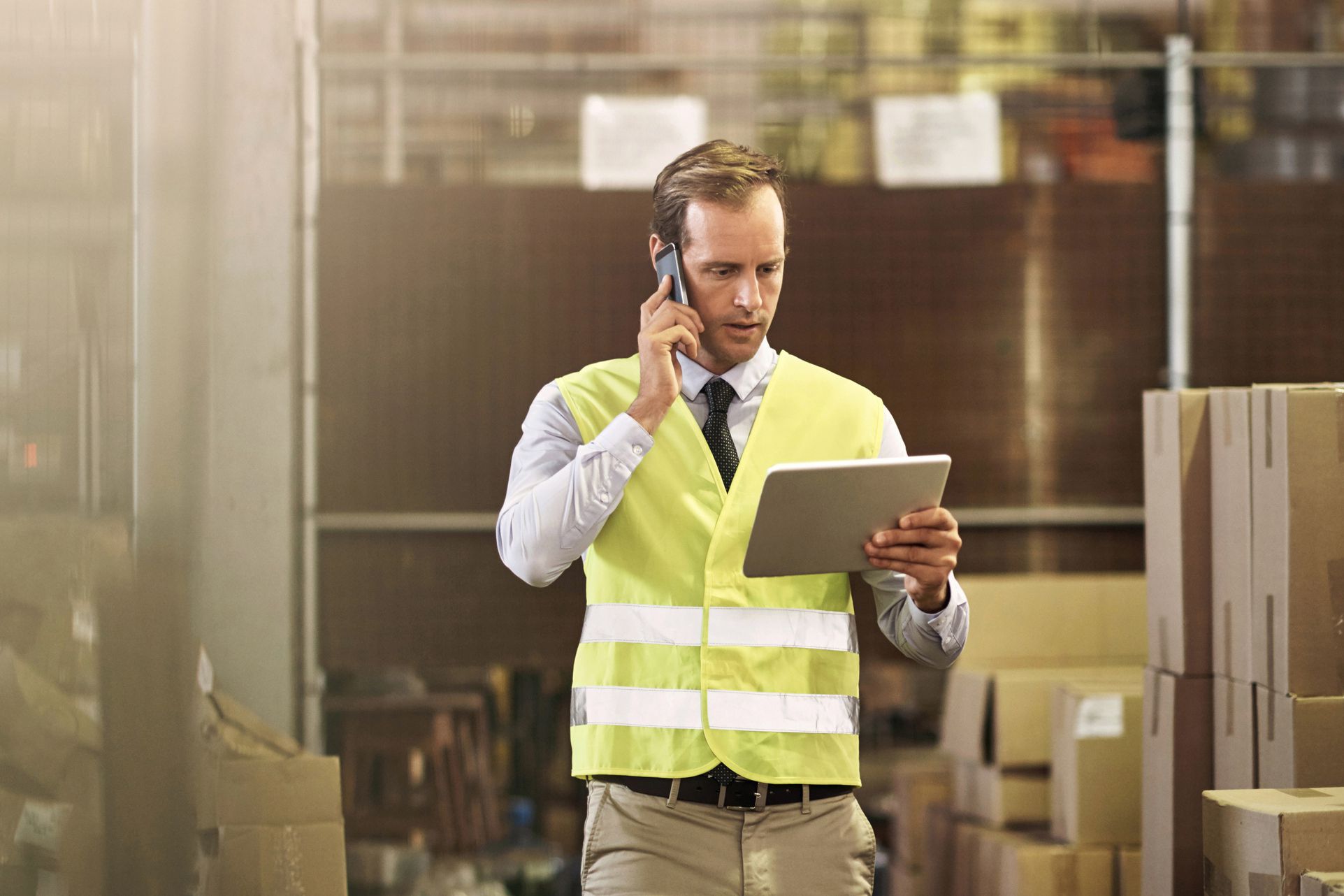
Today, machines perform not just physical labor but cognitive tasks as well, with more and more companies employing software systems to input data, review performance, and optimize efficiency, as middle managers were once expected to. For a well-known example, look no further than Uber, which uses an automated system to dispatch human drivers and track earnings.
Farmworkers
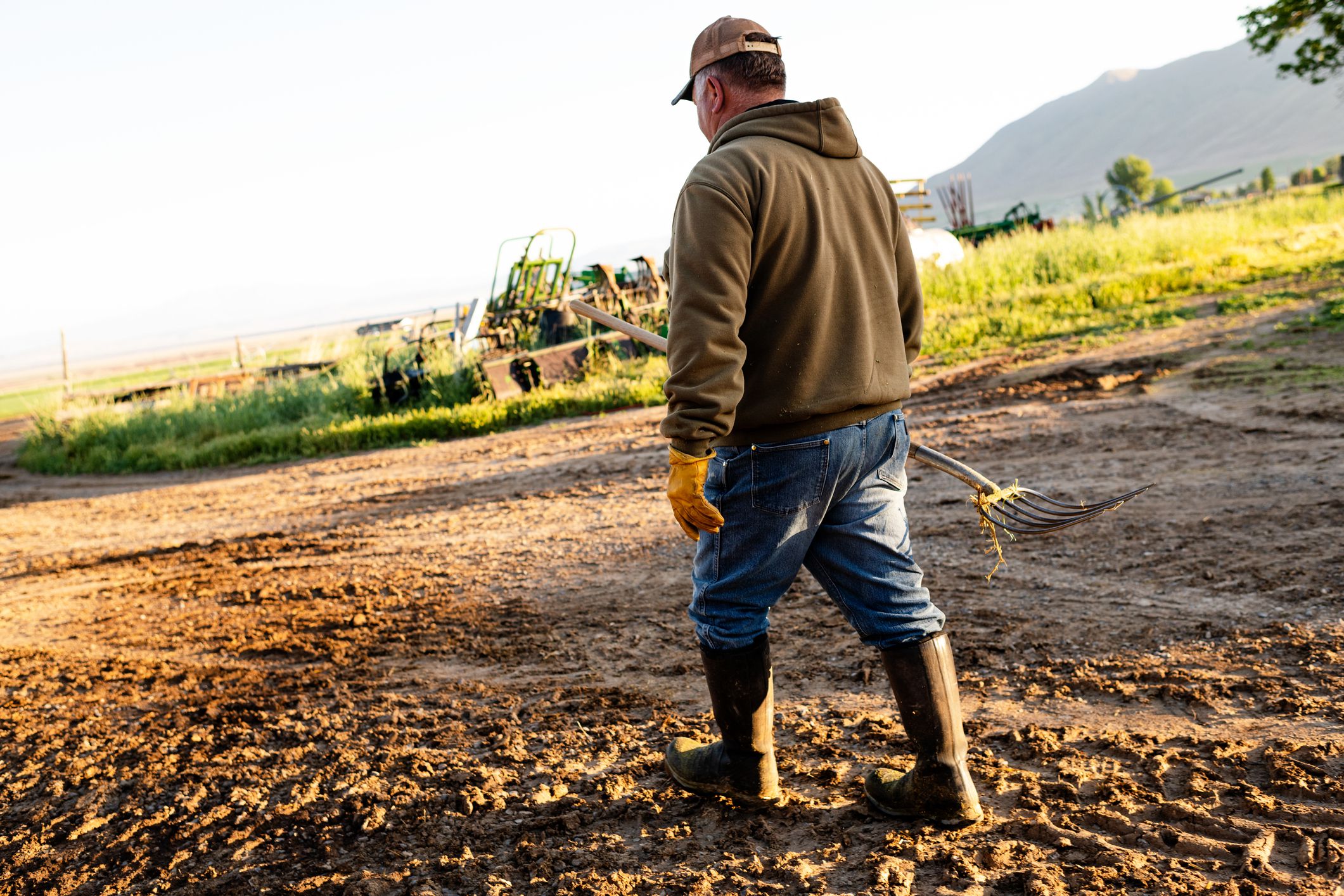
More than a million workers tending to the nation’s farmland may soon be rendered obsolete by specialized automatons performing all manner of traditional agricultural tasks, from picking apples to weeding lettuce. Some are already in mass operation, while others are in development to compete with the cost of unskilled human labor.
Agricultural Graders and Sorters

Machines offer considerable value over human competitors in grading and sorting agriculture as well as harvesting it, which is why the occupation is at high risk of automation. Spot-spraying automatons and optical sorting machines, which use hyperspectral cameras to analyze foods at a chemical level, are just two examples of innovations reducing the need for human labor in agriculture.
Accountants and Tax Preparers

The nation’s 2 million tax preparers and other accountants may soon see their jobs filled primarily by machines. TurboTax and H&R Block already have tax bots, though they’re not yet capable of filing with the IRS. As with journalists, however, it’s likely that in many cases new technologies will simply aid CPAs by performing more mundane, number-crunching tasks, enabling them to focus on bigger-picture, organizational problems that can still benefit from human creativity.
Assembly and Manufacturing Workers
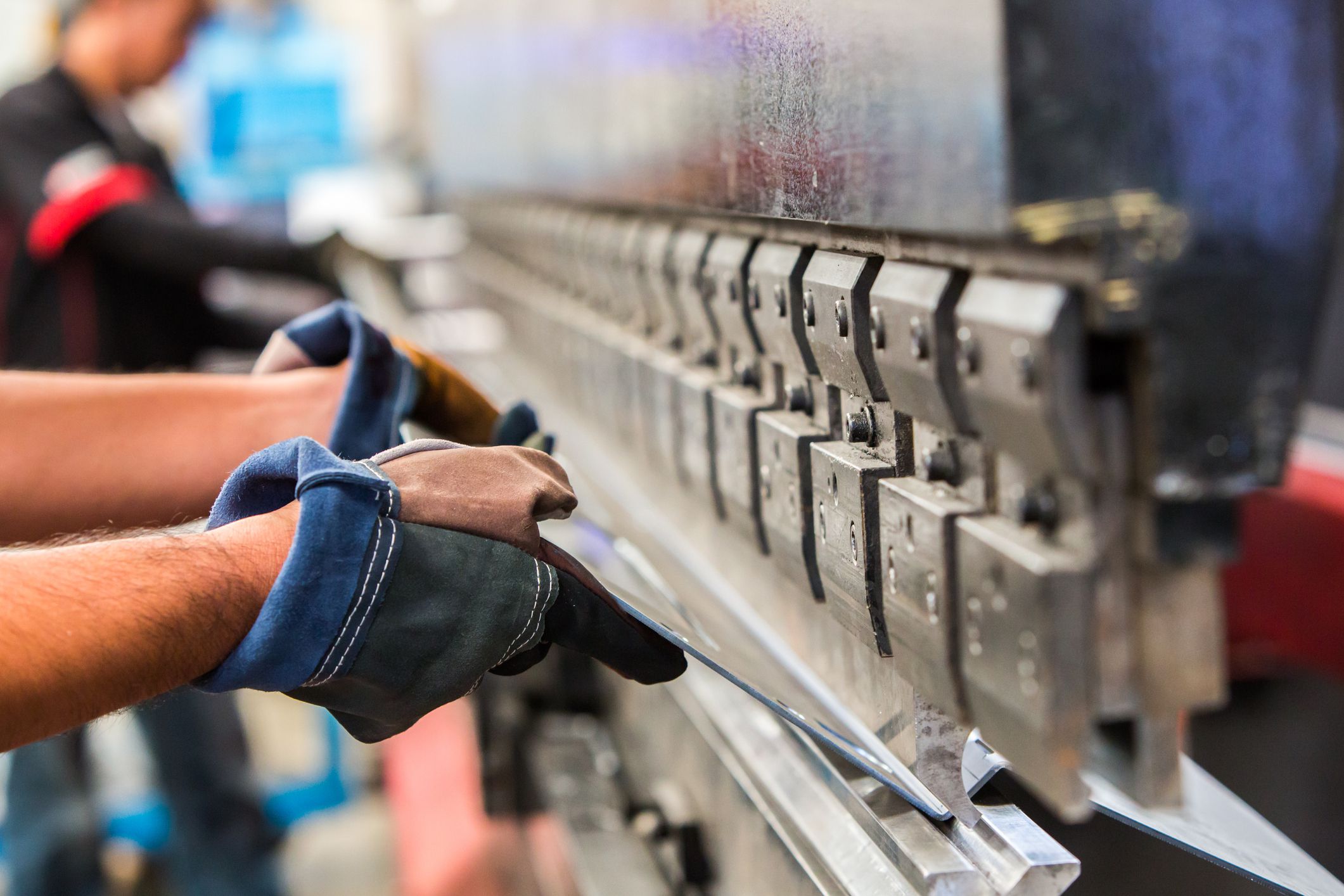
Umpires and Referees

In tennis, umpires have already been partially replaced by a computerized equivalent called Hawk-Eye, which uses high-speed 3D cameras to impartially and immediately settle challenges to the human umpire’s call. Though they work side by side for now, an NPR report predicts umpires and referees have a 98.3% chance of becoming automated, with ample advocacy for and against this shift among athletes and sports fans.
Loan Officers

Loan officers, whose job it is to evaluate and authorize or deny commercial, real estate, or credit loans, are at a 98% risk of automation. That’s bad news for the 308,700 workers employed in such positions as of 2018.
Real Estate Appraisers

Other real estate-related fields aren’t far behind loan officers, with appraisers and sales agents at 90% and 86% risk of automation, respectively. Advances in artificial intelligence in home appraisal are already helping out by Zillow, whose algorithms reportedly are able to assess numerous complex price indicators.
Postal Service Workers
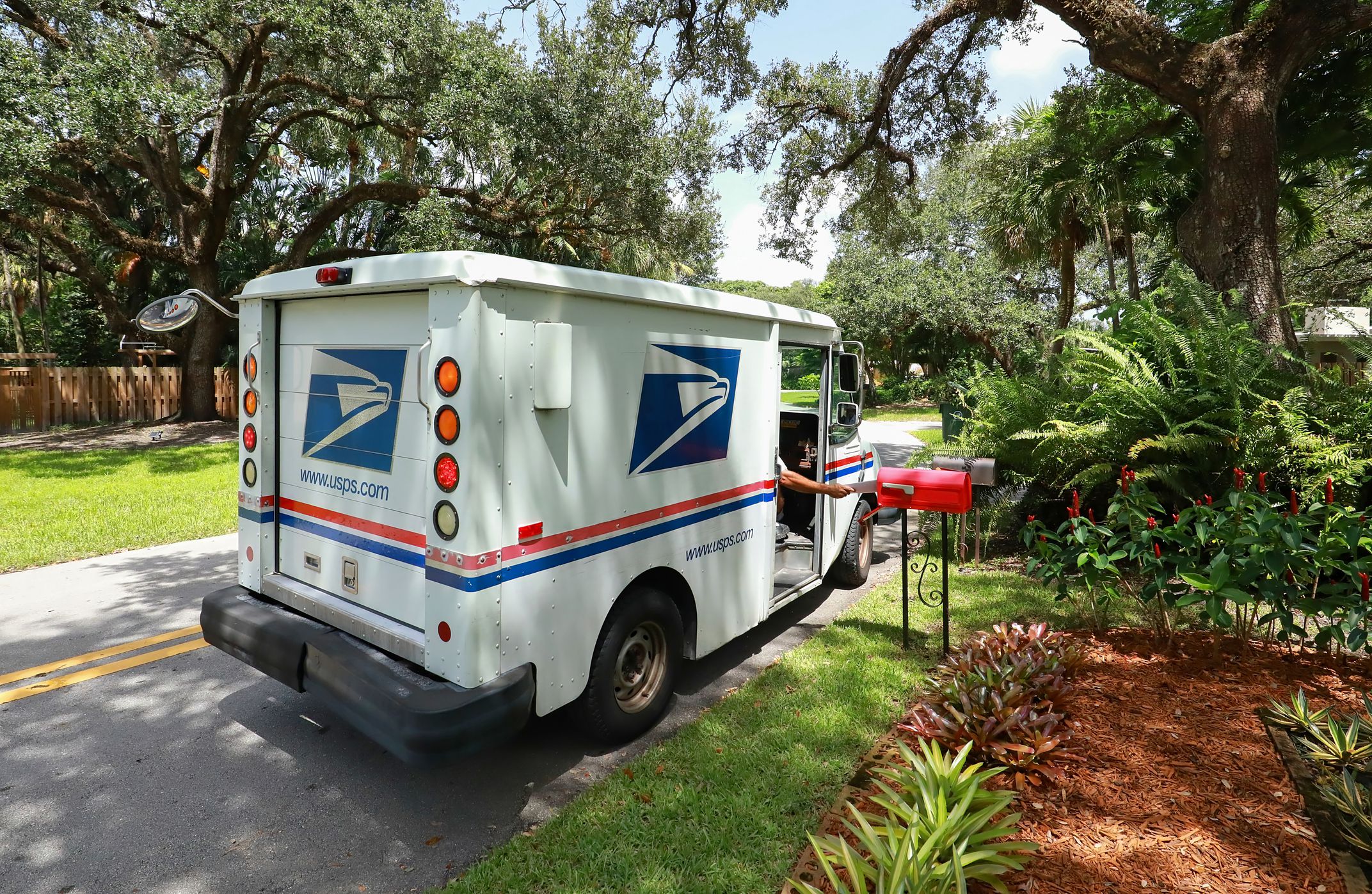
At the perpetually cash-strapped U.S. Postal Service, various robots have been employed in sorting centers over the past 30 years, replacing human forklift drivers and tuggers to transport mail throughout the facilities. Mail carriers have long been safe from automation, but that began changing in 2016, when the Swiss Post tested robotic delivery vehicles from Starship Technologies that may soon make their way to the U.S. For now, however, Postal Service plans only go so far as installing sorting robots in delivery vehicles to pass them between storage bins or to the drivers — still human, for now.
Travel Agents

Travel agents are projected to see an 11.7% drop in employment by 2024 from 2012, in part because of the impact of artificial intelligence on the travel industry. (The travel slump accompanying the coronavirus lockdown may have accelerated things.) Agents are made redundant by largely automated travel sites such as Skyscanner and Thomson, which employ artificially intelligent chatbots to help customers save money and create personalized experiences.
Jewelers
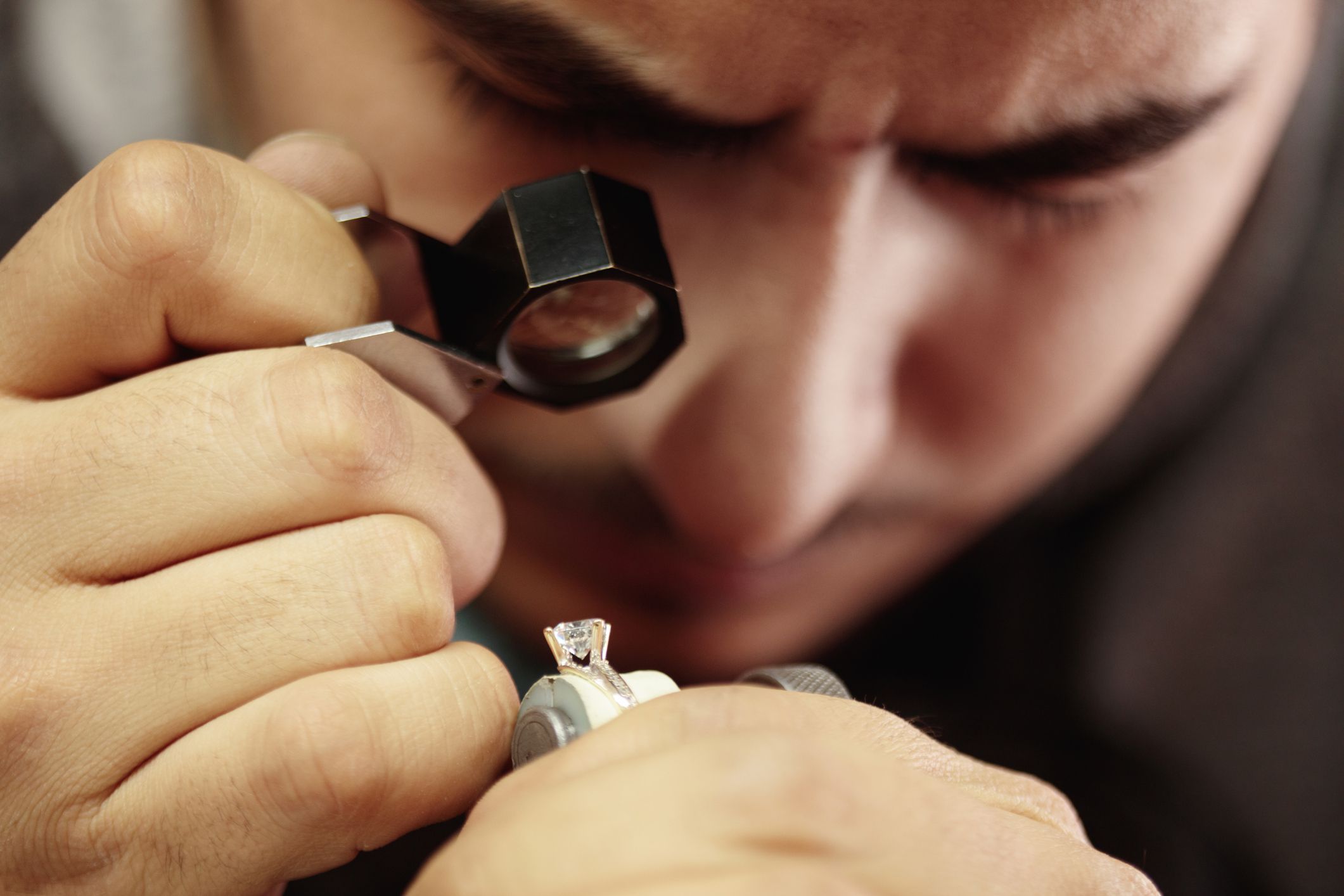
Jewelers and others who help manufacture, appraise, or repair jewelry have a 96% chance of having their jobs become automated, thanks to 3D printing and gem-cutting robots. The Bureau of Labor Statistics predicts the number of workers employed in such jobs will decline another 7% from 2018 to 2028.
Utility Meter Readers

Many utility companies still employ meter readers to travel between homes and businesses determining water, gas, and electricity use, but these positions have been vanishing for years as companies turn to digital meters to collect the information. The job is projected to have a 100% chance of replacement by automation.
Security Guards
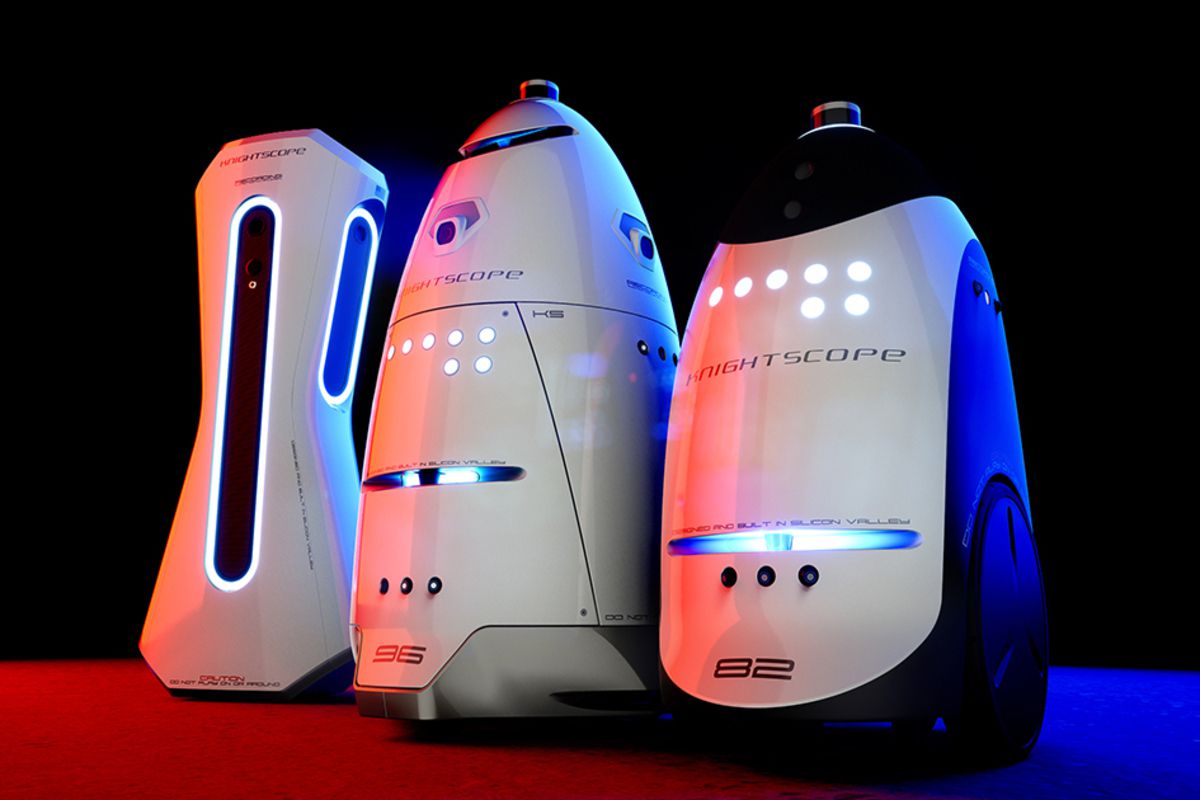
The company Knightscope has already deployed its bulky K5 security robot to patrol parking lots and offices in 10 states. Though they’re designed to supplement human guards for now, the profession has an 84% chance of automation, as the K5 and similar robots are becoming more cost effective and — with the complication of coronavirus — pose less health risk than their high-maintenance human counterparts.
Receptionists and Secretaries

Callers to companies should expect to be increasingly greeted and connected by robots in the coming years, as receptionist positions have a 96% likelihood of becoming automated. Already there are numerous software programs on the market such as Auto Attendant and Greetly Digital Receptionist that can manage company-wide calls and coordinate schedules virtually.
Paralegals

Law firms began experimenting with software to streamline document review in the early 2000s, and today there are well-funded entrepreneurs working on AI to replace the entire firm. Lawyers themselves are safe for now, but paralegals, who previously handled the bulk of administrative tasks, are another class deemed certain to be replaced.
Bank Tellers
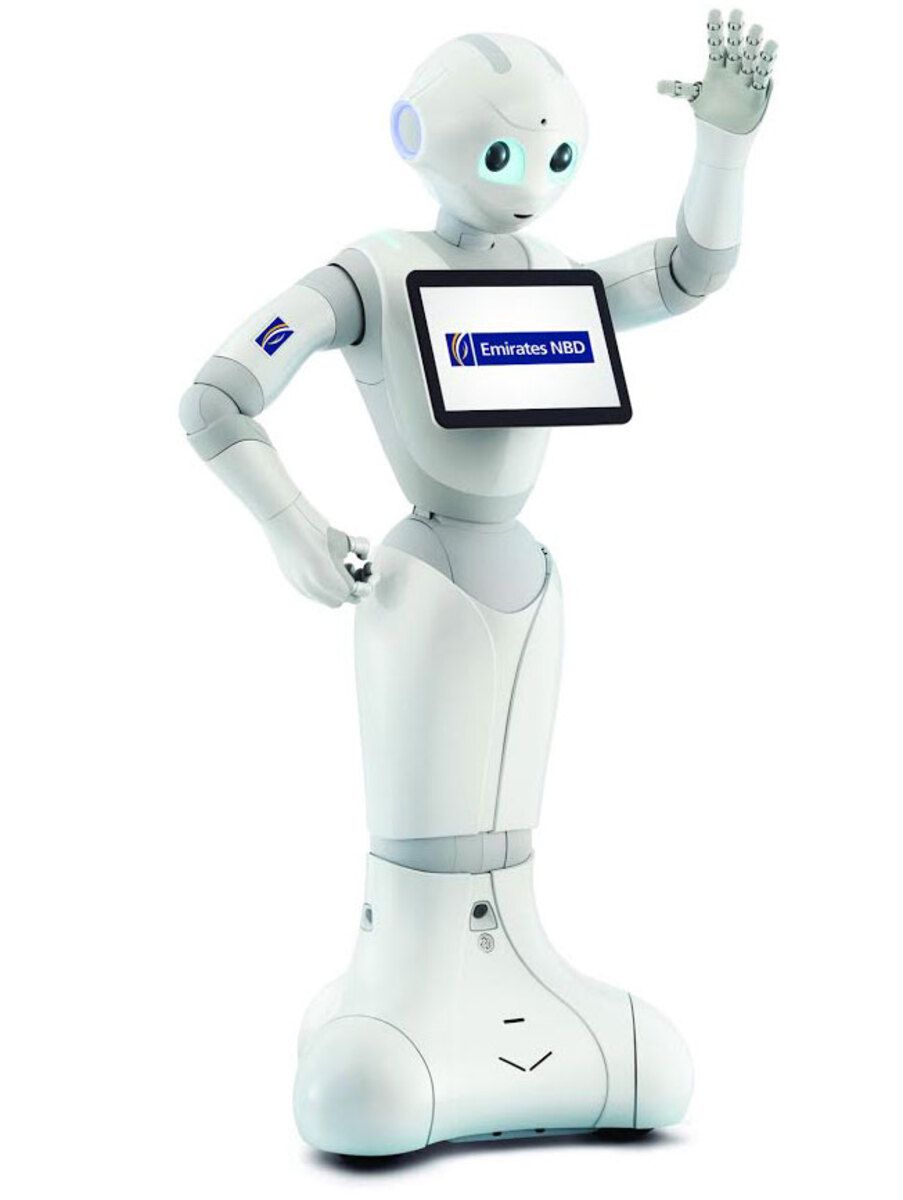
Bank tellers have a 98% chance of being replaced by robots — on top of what ATMs and mobile banking apps have done already. International banks such as Emirates NBD have also begun using personable robots at select locations to greet customers and help staff provide services.
File Clerks and Bookkeepers
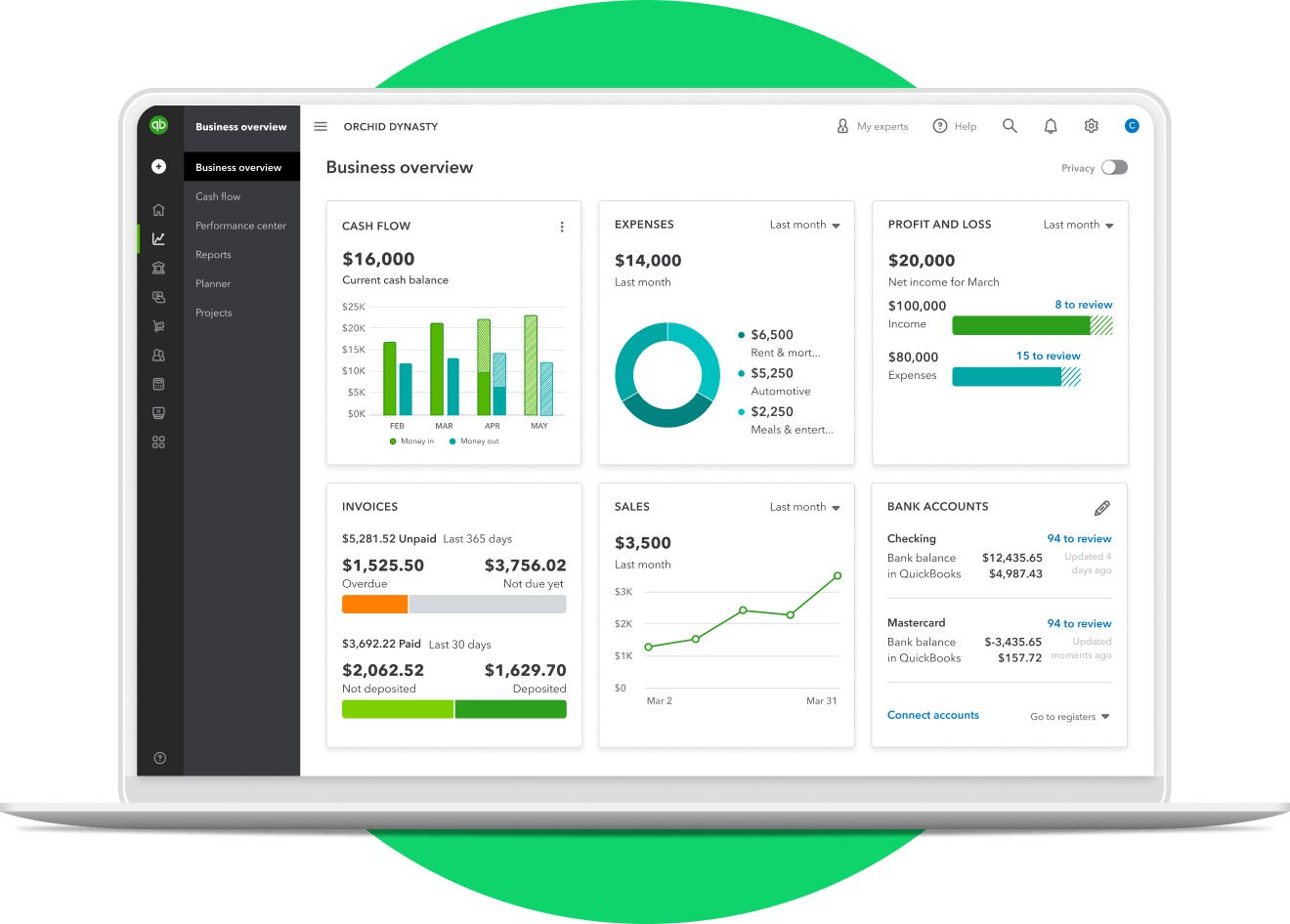
The job of file clerk has already changed considerably as banks and other businesses depend less and less on paper filing systems, and it’s due to shrink another 8% by 2024 thanks to affordable software programs such as QuickBooks that accomplish many of the same tasks. The profession is supposedly doomed.
Typists and Transcriptionists

Court reporters, typists, and transcriptionists of all stripes can expect to be passed over for automated tools that can more swiftly and cheaply take down conversations. Medical transcriptionist positions are already being phased out as hospitals, including Fletcher Allen Health Care in Vermont, transition to technologies such as the electronic Patient Record and Information Systems Management.
Meatpackers
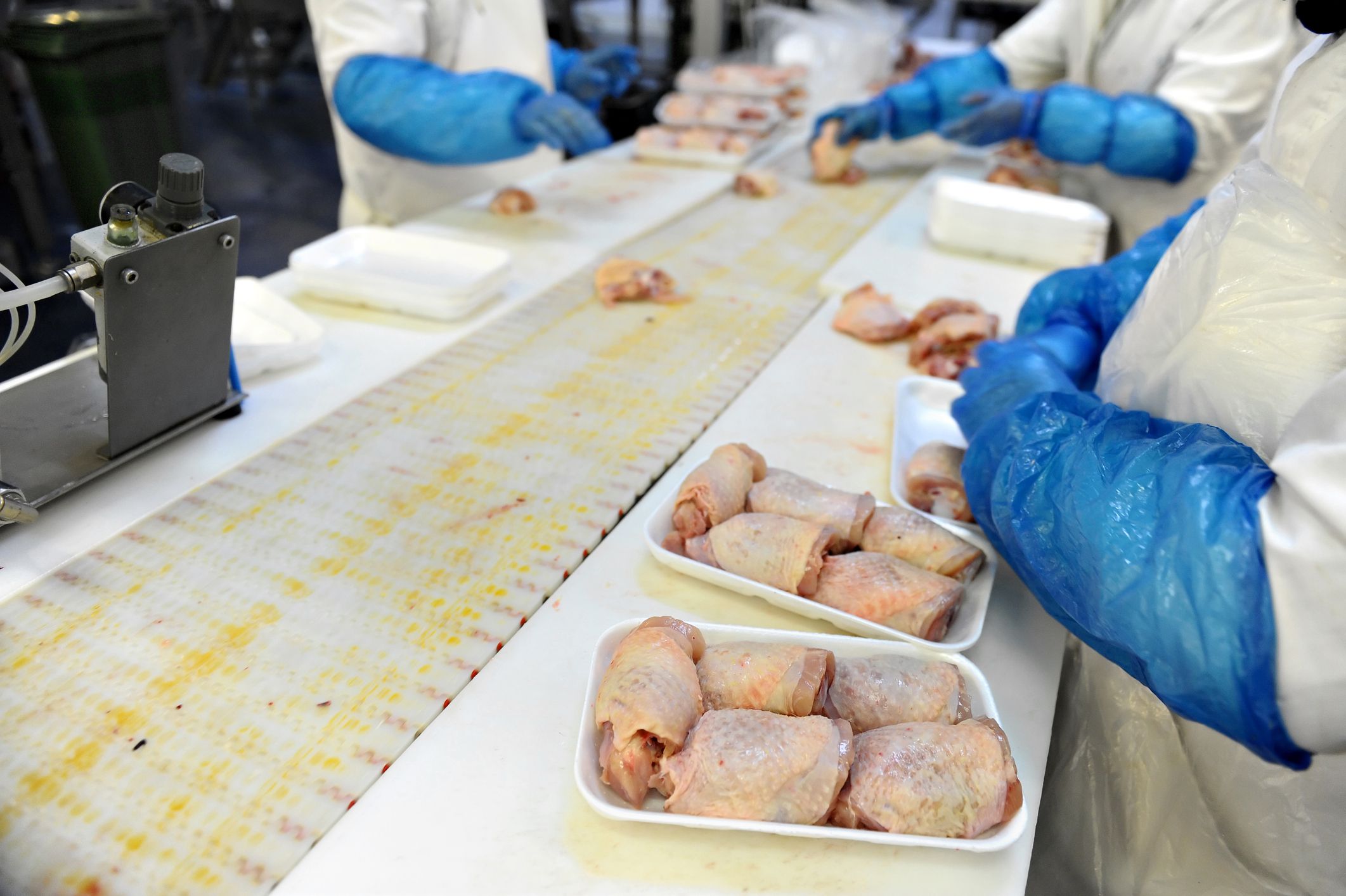
The world’s largest meatpacking company, JBS in Brazil, bought a controlling share of the robotics firm Scott Technology in 2016, intending to develop butchery robots beginning in its sheep and pork processing plants. Beef processing has been more difficult to automate, but efforts are expected to continue given the high cost and safety hazards of human labor in the industry.
Porters and Bellhops
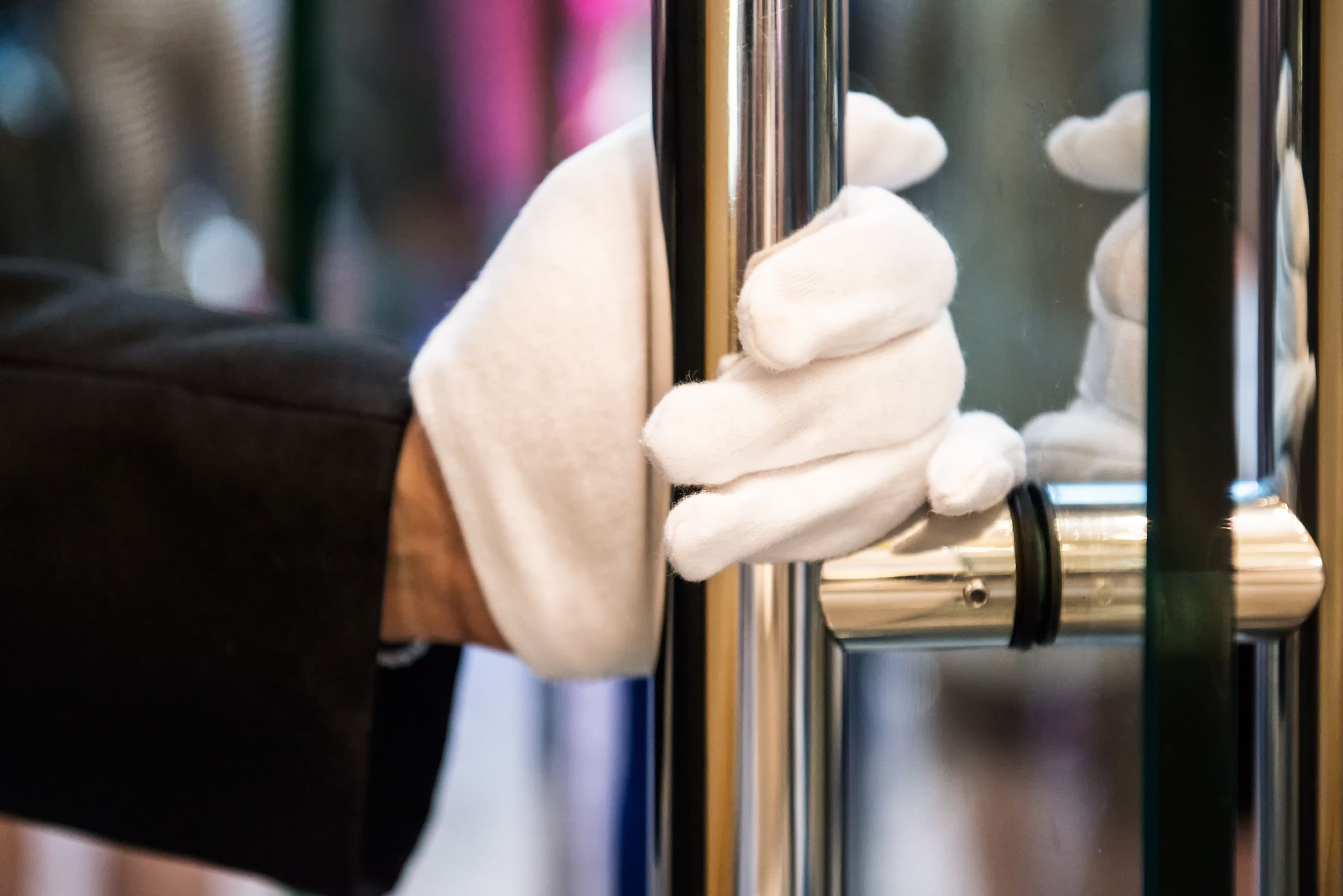
Porters and bellhops, who handle lodging guests and train travelers’ luggage, have an 83% risk of automation. Hospitals in Japan have been using automated porters to answer client inquiries and transport luggage since at least 2006, and South Korea’s LG Electronics began demonstrating commercial robots for hotels and airports in 2018, which could affect up to 800 million workers worldwide.
Auto Mechanics and Repair Technicians
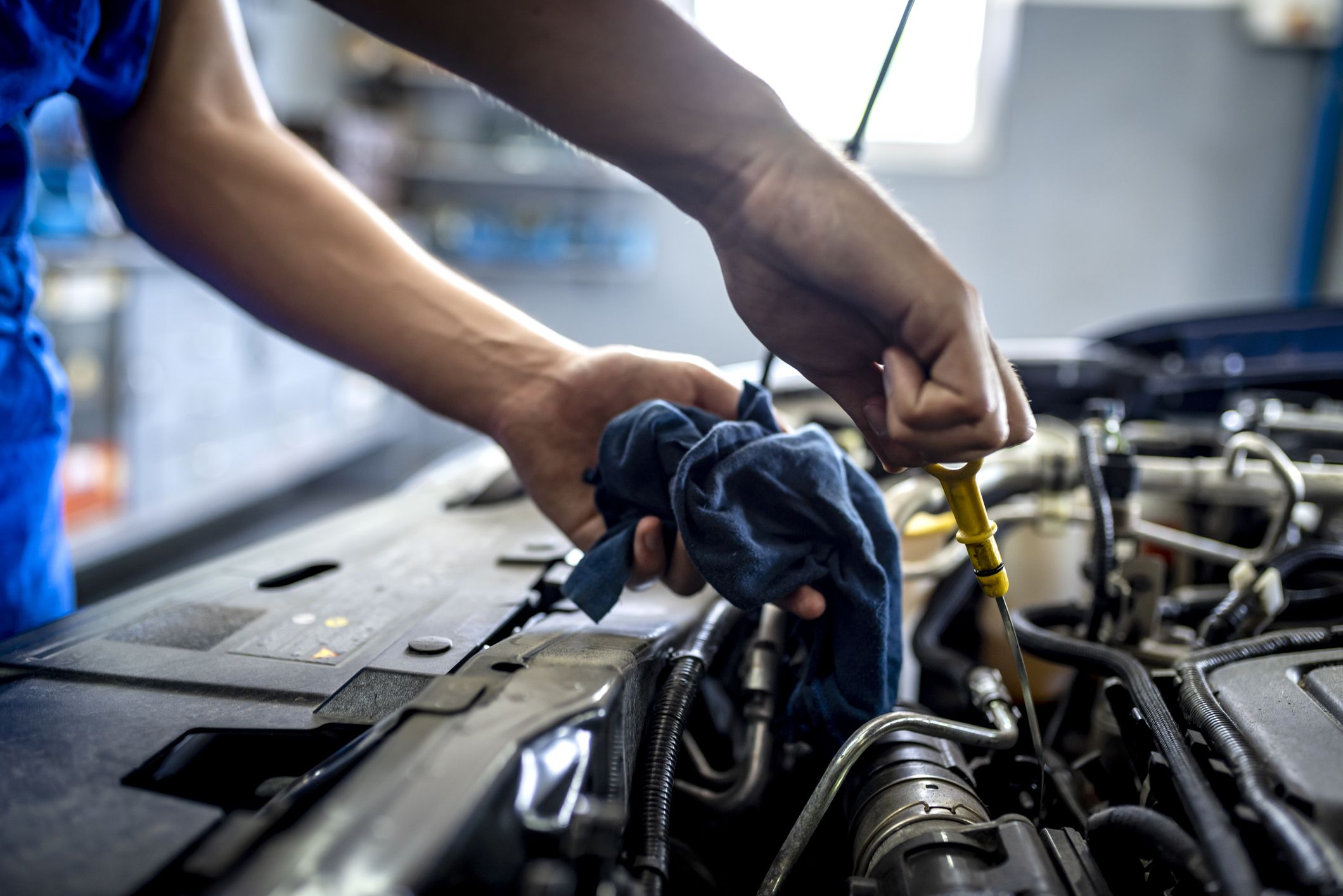
Robots already make vehicles, and now they’re helping repair them, with Audi and other companies testing diagnostic and technician robots at dealerships. Certain automotive maintenance jobs, such as body repair technician, are at particularly high (91%) risk of automation, while mechanics represent another position likely to evolve toward working in collaboration with robots.
Customer Service Representatives

The market for customer service robots is forecast to be worth $88 million by 2022, though about half of the bots are expected to be deployed in the Asia-Pacific region. Banks, malls, airports, movie theaters, and exhibitions where employees perform repetitive customer interactions are looking beyond self-service kiosks to artificially intelligent helpers, with U.S. businesses such as Target and Lowe’s already running tests. The process only accelerated in response to the pandemic, with companies and government services replacing human-operated call centers with chatbots and AI platforms courtesy of IBM and LivePerson.
Stock Traders

Artificial intelligence is threatening jobs even in the elite field of Wall Street investing, as BlackRock and other major investment companies lay off employees in favor of computerized stock-trading algorithms that typically outperform them. By 2025, financial institutions are expected to have lost 10% of their human workforce, with 40% of those eliminated operating in money management.
Cleaning Services
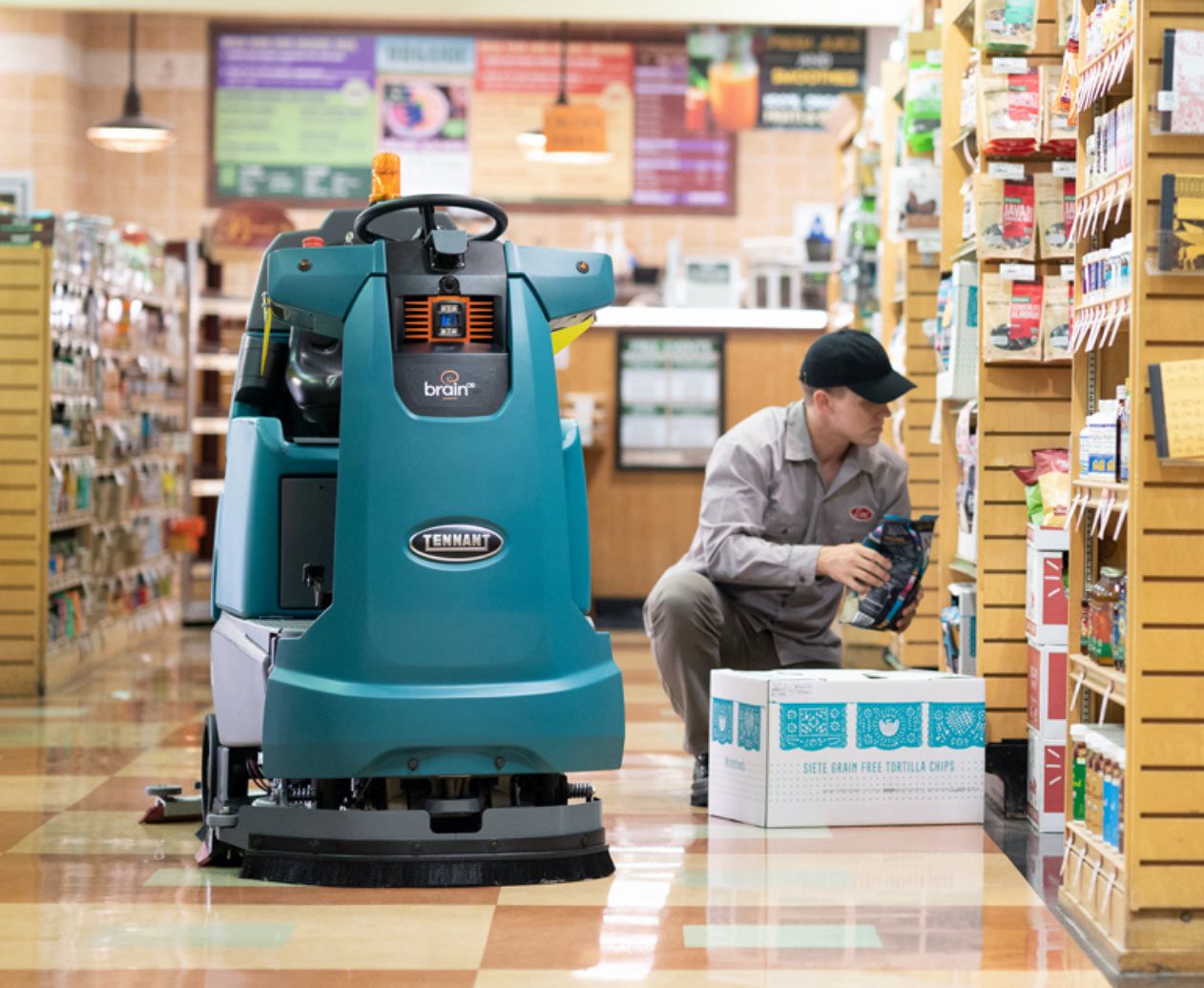
Hotel Workers
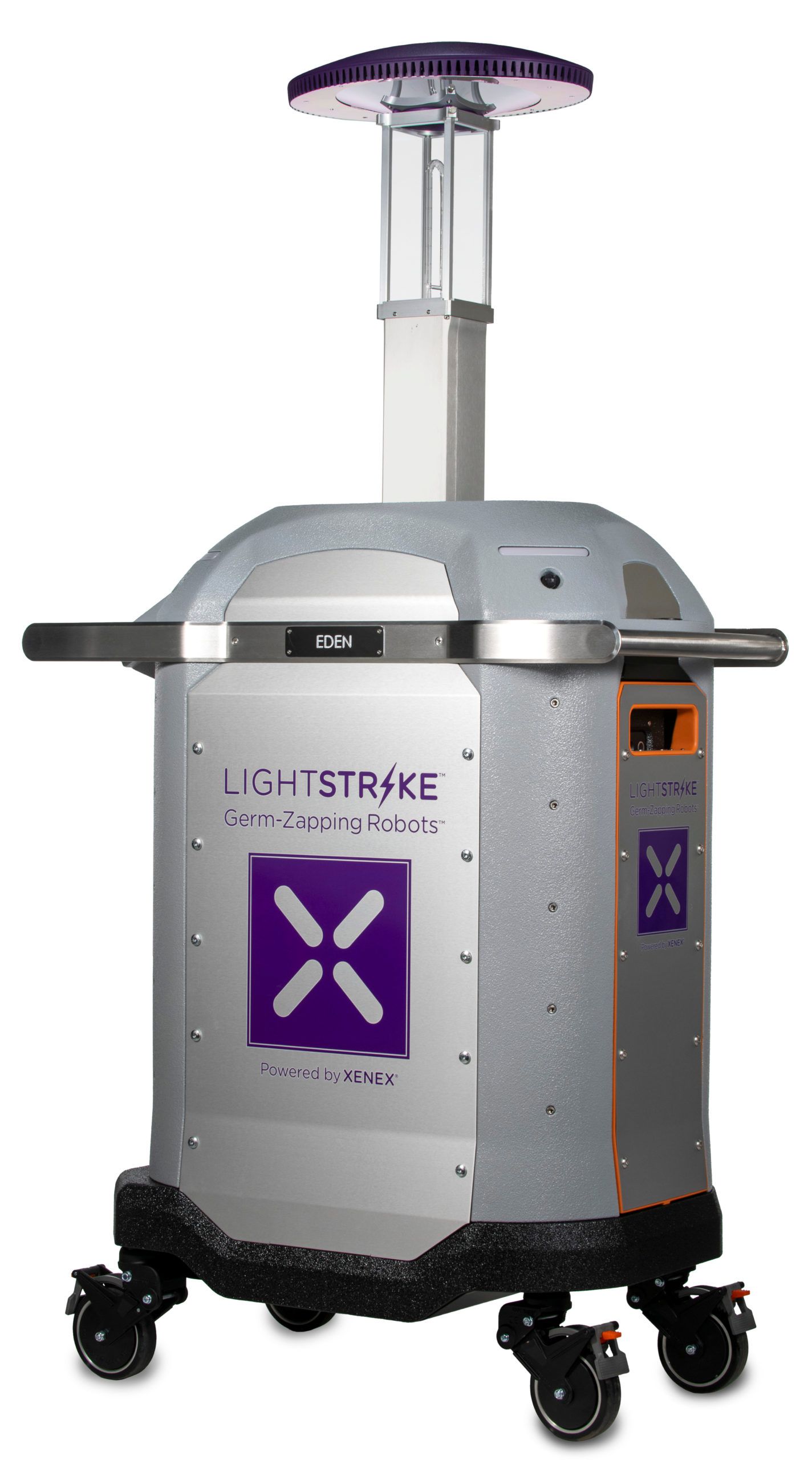
Some hotels were already deploying mechanized butlers and room service attendants to deliver meals and hygiene essentials, even before the pandemic incentivized our cutting back on direct human contact. Now even more are investing in high-tech cleaning robots such as the Xenex LightStrike, which zaps germs using ultraviolet rays to sanitize rooms and luggage and ensure guests’ peace of mind. For now, the robots still work in conjunction with human cleaners.
Recycling Sorters
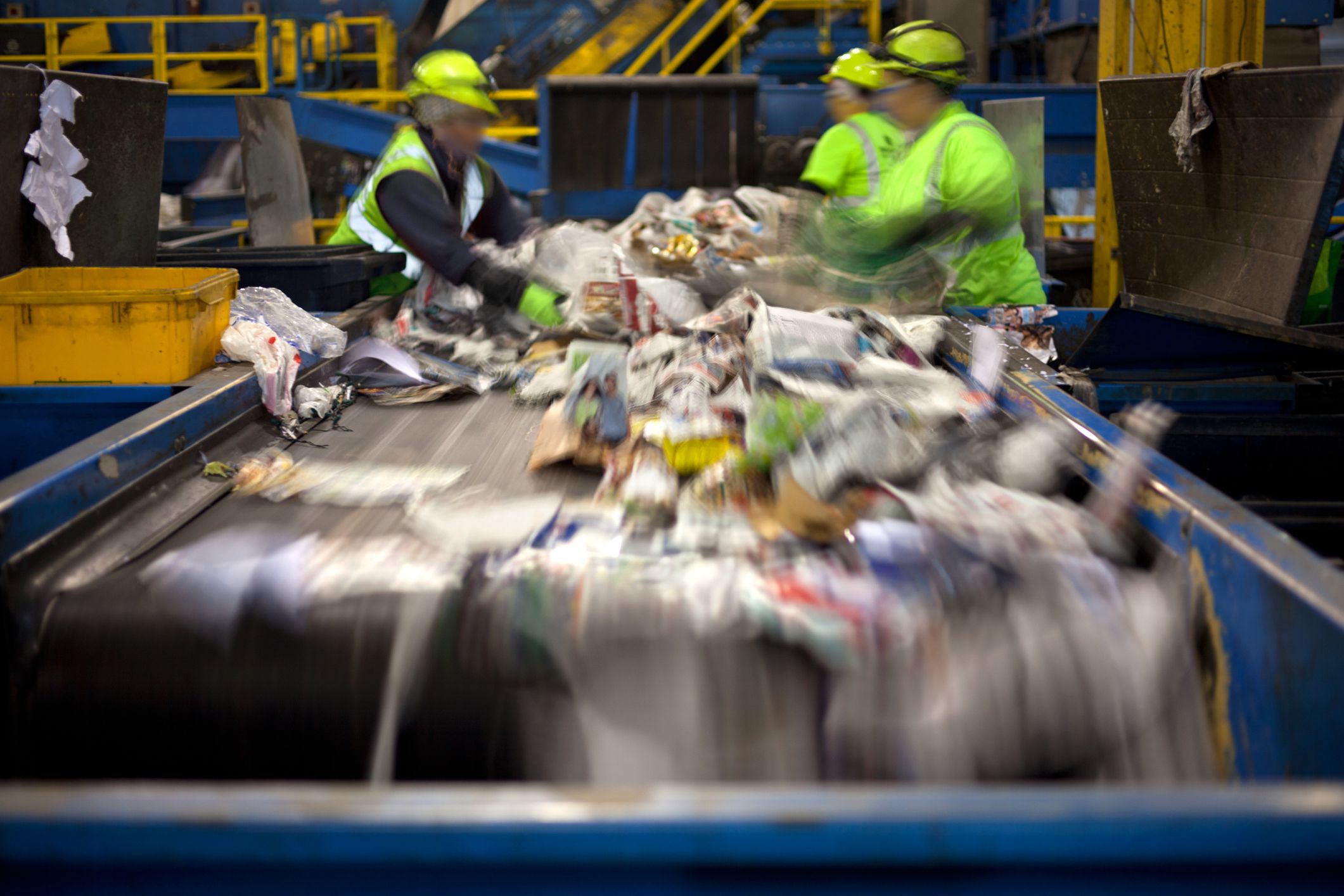
Among the first to shut down services in response to the pandemic were municipal recycling facilities, where human workers sorted through plastic, paper, and glass in what are now considered dangerously close quarters. Many have turned to AI-assisted robots to fill the gaps, with inquiries to the manufacturer AMP Robotics increasing fivefold and nearly 100 facilities expected to employ its technology by the end of 2020, compared with just 35 before. Productivity increases make it unlikely the centers will revert to human labor, as the machines can sort through 160 items a minute to the average worker’s 13.
Construction Workers

A 2018 study by the Midwest Economic Policy Institute estimated robots would replace 2.7 million jobs in construction within the next 30 years. The automation potential for different occupations within construction was just 38% for unpredictable physical work, such as roofing and sheet metal application, compared with 70% for more predictable physical work, including the operation of heavy machinery, for which some autonomous technology already exists, and bricklaying, which has an 82% chance of automation thanks to advances including a semi-automated robotic arm.
Insurance Underwriters

Insurance underwriters, who evaluate applications to determine the appropriate insurance policy for customers, have a whopping 89% chance of being replaced by robots. Though business and financial operations are expected to grow overall, insurers are increasingly relying on data and software solutions such as IBM’s Watson for underwriting processes.
Credit Analysts

Human credit analysts, who review the financial histories of firms and individuals to make recommendations for lending money or extending credit, are almost guaranteed to lose their jobs to automated technologies in the near future. Though finance remains a popular industry for job seekers, its highly technical nature means it will also be subject to high degrees of automation. For example, JPMorgan Chase is already using AI to review commercial loan agreements in a fraction of the time it used to take human lawyers and analysts.






